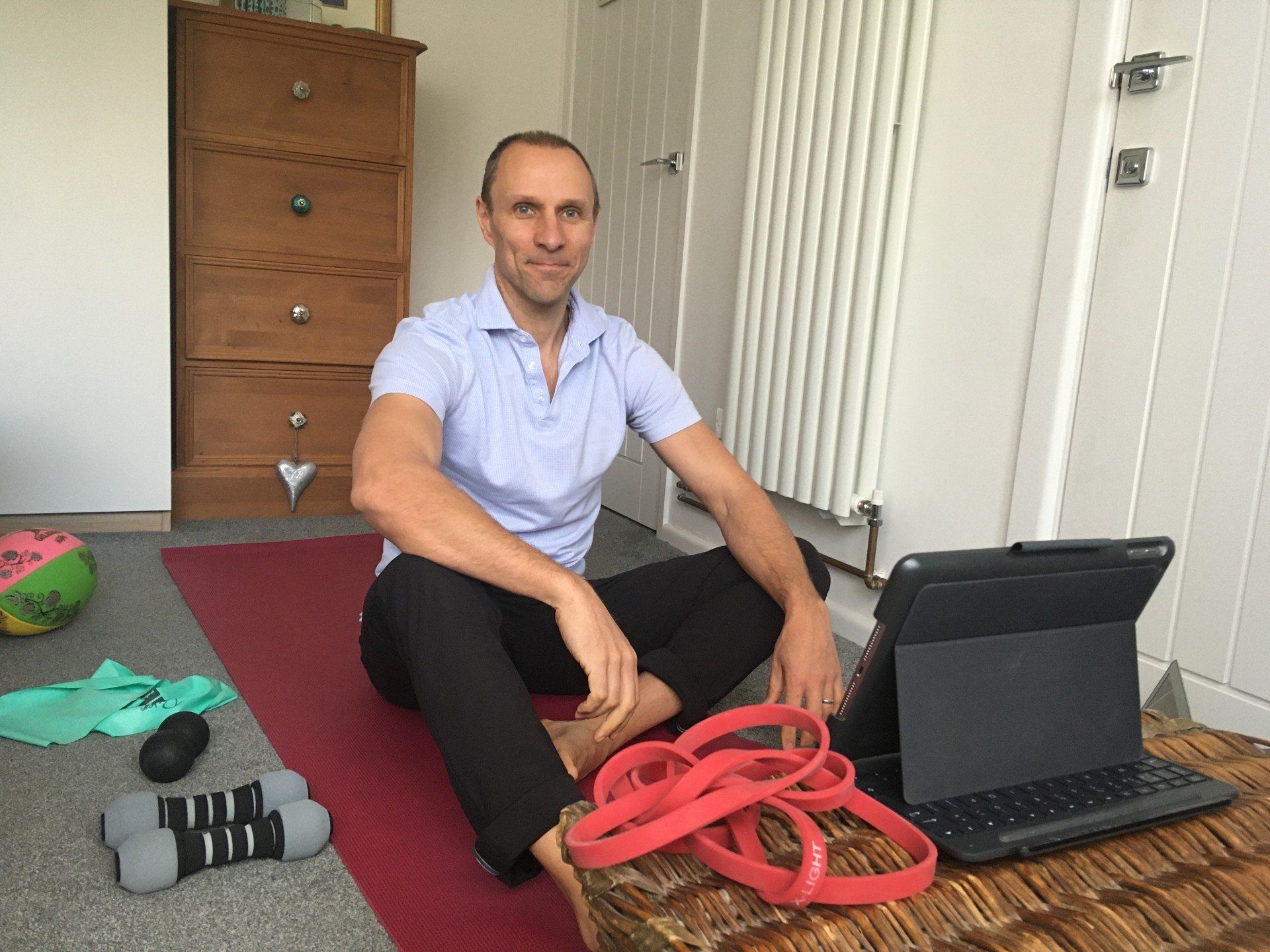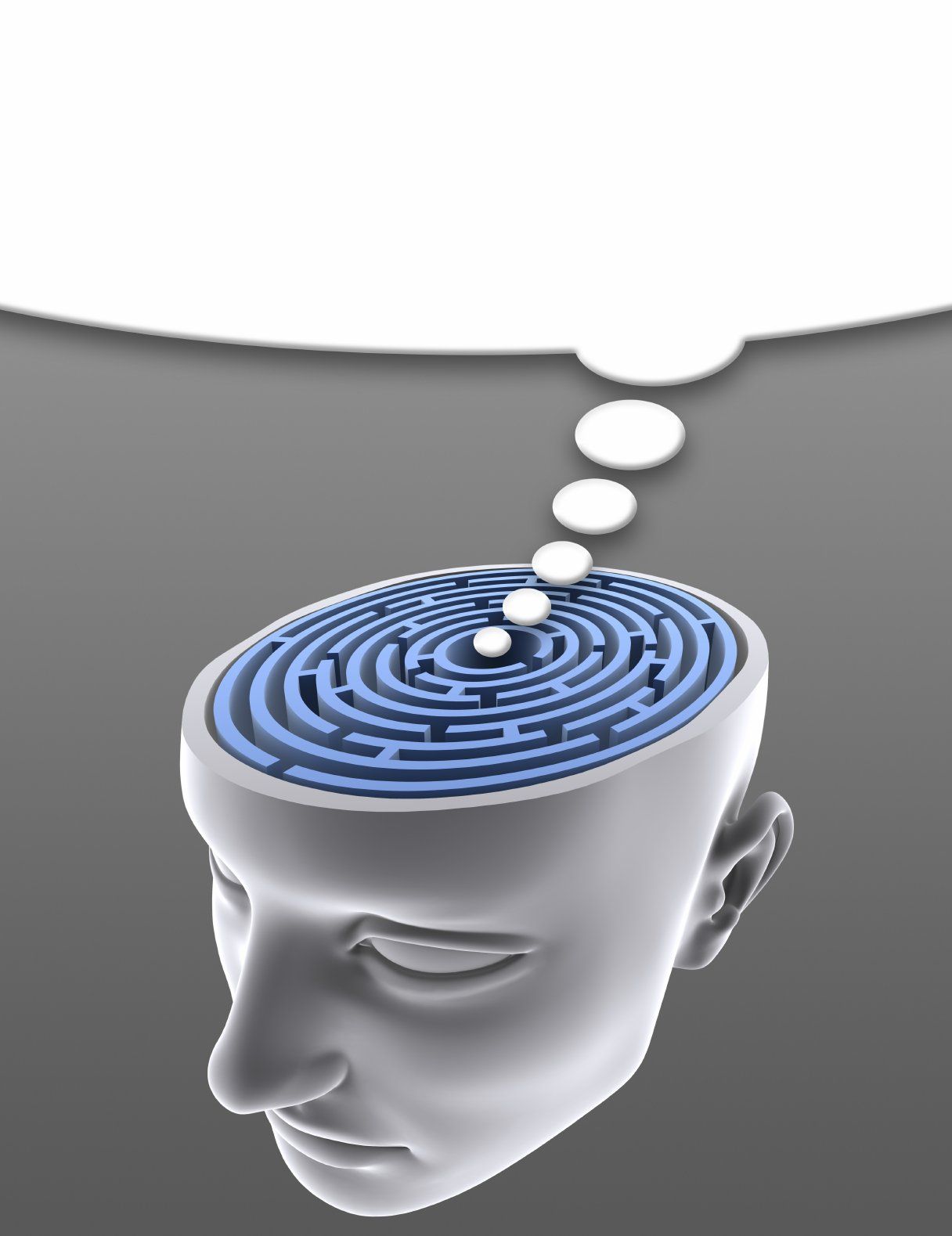What to expect from video physio - and what I have learned during lockdown
John Moore • 12 June 2020
Vigorous research shows us that video consultations are as effective as face to face, offering high levels of patient and practitioner satisfaction.
Telehealth or video physio is just an innovative use of available technology to deliver a similar service, within the ease, comfort, convenience and safety of your own home or office. It may actually offer a better service for you with less anxiety, no travel and other benefits, such as being able to see you in your own environment, such as your office set-up.
Clinically, the same level of data protection and clinical note taking is applied. Payment can be made by cheque or BACS transfer. All insurance companies are supportive of video physio.
The end goal is the same:
- To get you to understand your condition
- Coach you in the skills to gain control
- Give you lifestyle strategies to self-manage your condition
The process is similar and straightforward:
- Get in touch - ideally by phone, but email and message can also work
- Pre consult chat - to make sure you understand the video process, understand the COVID-19 safety issues and to make sure you are appropriate for video physio
- Initial consultation - with a follow-up summary and personalised video and email/message
- Follow-up sessions - these will vary on frequency and duration dependent on your needs, goals, time and available funding
Answering the video call is just like opening the door to my clinic. This session will be your initial subjective, in-depth consultation. I will listen to your story, ask questions to understand your pain and your goals. I will ask further questions to ensure no further investigations for more serious pathology is needed.
I will then guide you through a physical objective
examination, including:
- Specific clinical movements, such as forward flexion lumbar spine
- Functional movements, such as go ahead and touch your toes or reach up to a shelf
- Strength and flexibility tests as appropriate
- Special clinical tests as appropriate to your injury
- Self-palpation - getting you to feel your tissues and feedback to me
Then give feedback, educate and provide specific rehab:
- I give you feedback and educate you so you understand your condition and remove any threats and false beliefs
- Provide specific rehab at the correct frequency based on your severity, irritability, and specific injury
- A video of your specific rehab will be sent to you for use as a referral tool. I have had only one patient in the last three months unable to access their video
Then arrange future follow-up
sessions – this will be individually assessed.
What has the last three months taught me?
Don’t leave the window open as the cat may walk in!
The same level of professionalism can be maintained with video link, as long as you set up good protocols.
It has reinforced that listening to the patient is so much more of the assessment than the hands-on and physical assessment.
People can’t see your cup of tea if it’s behind the weights and stretch bands! However, the screen does show you so much more than you think as long as you can educate the patient to be further away from the screen than they believe they need to be.
If a patient holds their device and the screen wobbles, I get a headache!
Nearly all patients are a little pessimistic of the potential for success with video
physio. Nearly all patients are equally chuffed when it works really well for them.
Video physio is incredibly empowering for the patient.
It is still possible to empathise and care on FaceTime. Maybe it is the neutrality of the venue.
There is a certain level of convenience for patient and clinician that you get with video that cannot be achieved at the clinic.
Here are a few reviews from patients who have had recent video physio:
"Thanks John, as a reluctant patient, this turned out to be one of the wisest personal investments I have made.
The long term pain in my shoulder has reduced to a mere memory. I'm grateful for your professional 'do this to fix it' guidance. I needed that! Also, I appreciate your awareness of how best to convey important elements, I noticed you adapt as the sessions progressed. Many thanks for getting me out of a progressively deteriorating problem.”
Martin
"Many thanks for your great services - I am much better now and did my run this morning without any more difficulty than usual. I hope that if I need your help again it will be in person, but it is useful to see what is still possible by remote consultation!"
Philip

Most people come for physiotherapy with a belief that I am going to use my hands to get them better and that it is going to hurt. Hands on is such a small part of what I do that the challenge of video link is one I find exciting and opens a whole new way to get patients better. With the arrival of coronavirus affecting every business, it initiated a profound and potentially exciting change to the way we deliver physiotherapy and rehabilitation.



